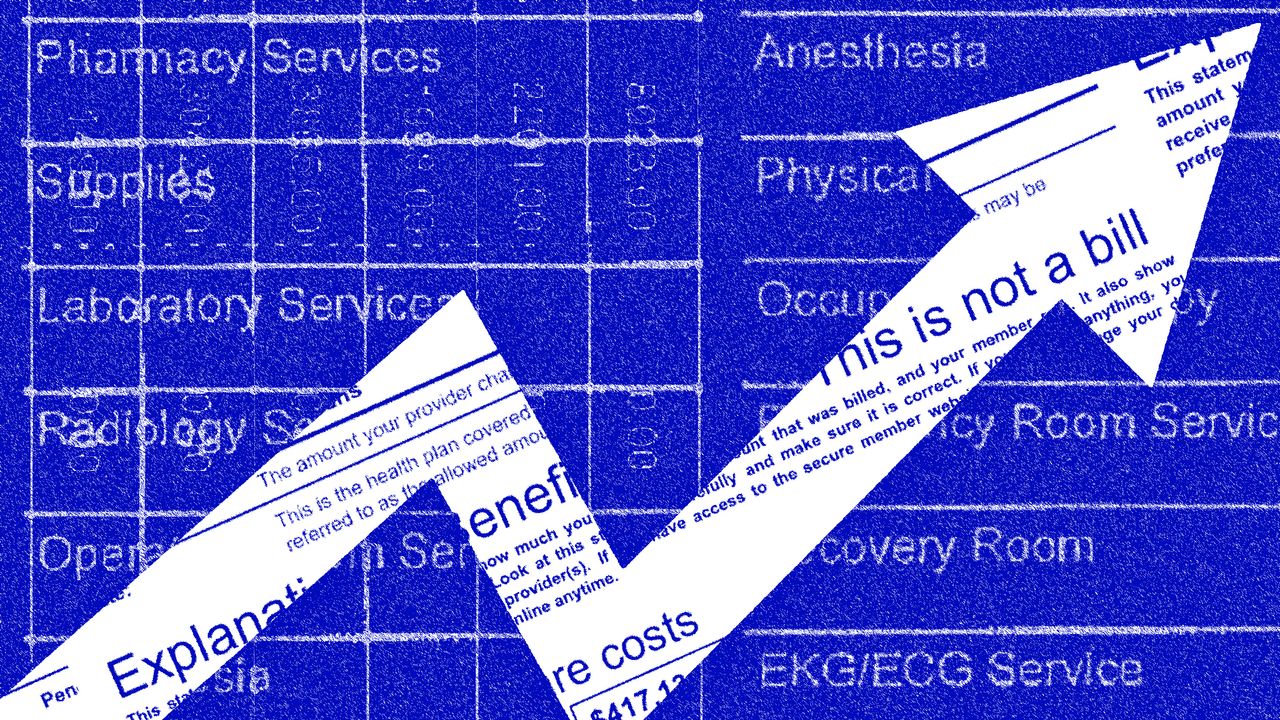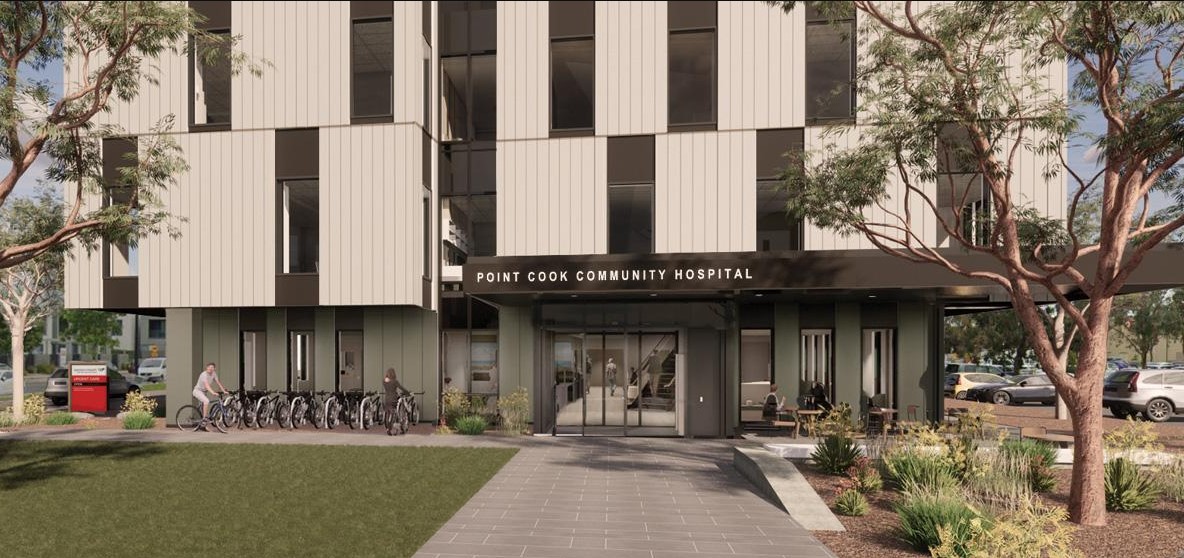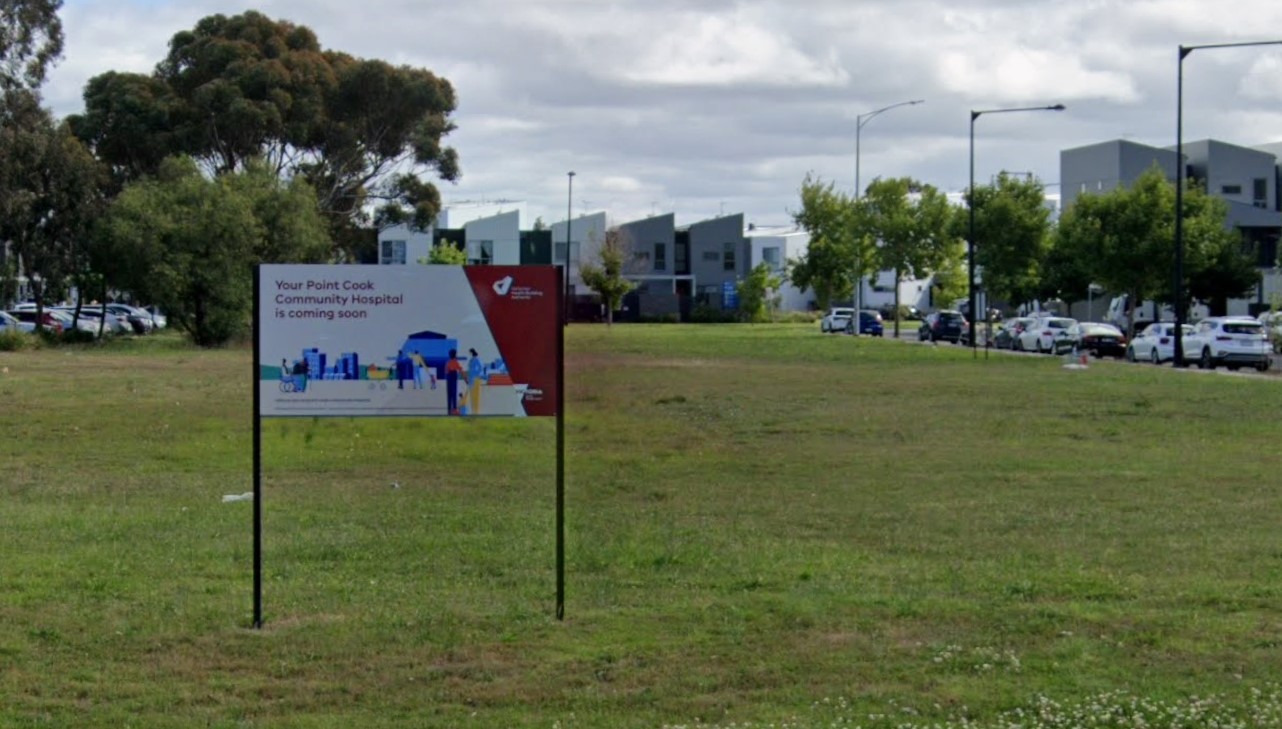11
Mar 2024
Private hospitals raise concerns as insurance premiums increase.
Published in News on March 11, 2024

A prominent health insurance provider has cautioned that the struggling private hospital system is grappling with escalating costs, coinciding with a growing trend of patients opting for day surgery over prolonged stays, leading to declining revenues.
The industry's main association has issued warnings about potential hospital closures due to increasing losses, with 16 facilities either planning shutdowns or having their designation as private hospitals revoked since 2023.
NIB chief executive Mark Fitzgibbon emphasized the interconnectedness of the healthcare system, stating, "If one part of the system fails, we all fail," acknowledging the substantial impact of COVID-19 on private hospitals.
Amid Health Minister Mark Butler's announcement of an average premium increase of 3.03% starting April 1, triggering a rally in insurance stocks, private hospital operators have called on insurers to contribute a more significant share of their revenue.
Mr Fitzgibbon noted that structural shifts adversely affected private hospitals, such as increased treatments delivered through day surgery instead of extended hospital stays. Additionally, he highlighted a rise in care provided in what he termed "lower-cost settings," which encompasses in-home care.
While the 3.03% premium increase represents the most significant annual uptick in private health costs since 2019, it remains relatively modest compared to historical standards and falls below the initial demands of private health funds.
Medibank's premiums will rise by 3.3%, Bupa's by 3.61%, HCF has secured approval for a 2.89% increase, and NIB customers will face a 4.1% price hike.
Private insurers are permitted to raise premiums once annually with approval from the federal health minister. Following Mr. Butler's announcement, Medibank and NIB shares experienced a rally, closing 1.63% and 3.43% higher, respectively. This suggests that investors believe the premiums, below inflation rates, pose no significant threat to the insurers' profitability.
Michael Roff, the chief executive of the Australian Private Hospital Association, noted that payments from private insurers to private hospitals have not kept pace with rising costs. According to the Department of Health, 16 facilities have either declared plans to close or had their status as private hospitals revoked since 2023, signifying closures or transitions to the public system.
Twelve instances of private hospitals discontinuing key services like maternity and oncology have been recorded, potentially intensifying pressure on the public hospital system. Mr Roff highlighted a decline in profitability among private hospital businesses, with only 30% reporting a profit or breaking even in 2021-22, down from 89% in 2019-20. He emphasized the likelihood of continued closures or service reductions in private hospitals unless health insurance companies prioritize the sustainability of the private health sector over their profits.
According to Mr Roff, private hospitals are facing a "perfect storm of circumstances," with significant increases in costs for medical equipment, supplies, maintenance, and wages surpassing the payments they receive from private health funds. This is due to a complex system of multi-year contracts.
He highlighted a prolonged disconnect, spanning at least five years, between the rising costs experienced by hospitals and the benefit indexation paid by health insurance companies. Mr. Roff explained that a general rule of thumb is subtracting about 2% from the granted premium increase to estimate what flows through to hospitals.
Contrarily, Rachel David, the head of Private Healthcare Australia, countered this perspective, stating that she has not seen evidence of hospitals closing at a higher rate than usual. She emphasized that health funds typically do not support hospital infrastructure financially. According to Dr. David, a hospital's success relies on its ability to generate referrals from doctors and fill its beds, responsibilities not shouldered by health funds.
Dr. David anticipated hospitals pushing higher indexation rates in contract negotiations to offset escalating costs. However, she stressed that private insurers cannot exceed the point where consumers can bear the increased premiums.
Rising Costs Impact on Australians
Approximately 14.7 million Australians, constituting 55% of the population, maintain hospital or extras insurance coverage.
The recent adjustment results in an average increase of $6.70 per month for gold hospital cover policies, bringing the new monthly cost to $226, as the comparison site Finder reported. Bronze cover's average price rises by $3 per month to $102 starting April 1, while silver cover sees a monthly increase of $4.50, reaching $152.
The announcement of the annual premium hike was delayed. In December, The Australian Financial Review disclosed that Mr Butler had rejected the health insurance industry's proposal for an industry-wide average rise of up to 6%. Given the prevailing public concern about the cost of living, such a substantial increase was deemed unfeasible for the Albanese government.
According to sources, some funds were required to revise their proposed premium hikes multiple times. Shadow Health Minister Anne Ruston accused Mr Butler of concealing heightened healthcare costs to bolster the Albanese government's standing in the Dunkley by-election, which Labor ultimately won last weekend.
Mr Butler expressed his unwillingness to simply "tick and flick" the claims put forth by health insurers, stating, "I asked insurers to go back and sharpen their pencils and put forward a more reasonable offer for the 15 million Australians with private health insurance."
He emphasized the need for private health insurers to ensure their members receive value for their money. In the face of rising costs, Australians expect higher premiums to contribute to system-wide improvements, such as increased wages for nurses and other health workers and ensuring affordable services' availability.
However, the private health industry argued that maintaining the meager premium increases of recent years is not feasible, pointing to a 10.4% increase in total health insurance payouts in the year ending last September.
Mr. Fitzgibbon of NIB defended the fund's 4.1% increase, the third-highest in the industry, attributing it to the resurgence of hospital and ancillary treatments post-COVID-19 and a surge in health and medical treatment costs. He highlighted the return of claims inflation to its long-term trend after subdued volumes during the pandemic. Mr. Fitzgibbon stressed the importance of insurers being able to account for such factors in their pricing, stating, "We're doing our very best to maintain affordability, yet spending is growing across healthcare, driven by an ageing population, the rise of chronic conditions, and the cost of new technologies. We're not responding passively to inflationary pressure by just lifting premiums."
Announcing a 3.61% increase in premiums, Bupa managing director Chris Carroll emphasized the fund's commitment to providing services with minimal out-of-pocket costs and introducing new products.
Mr. Carroll stated, "Bupa's premium adjustment this year is lower than inflation and less than rising healthcare costs. We want to help keep costs low for our customers while supporting new, innovative models of care, including rehab in the home and digital health programs."
Contrary to this, the government contended that the health insurance industry could manage a more minor premium increase than initially proposed.
According to the Australian Competition and Consumer Commission, the sector's net profit more than doubled in the last financial year, reaching $2.19 billion from $1.04 billion. The Australian Medical Association's 2023 private health insurance report card revealed that gross margins for hospital insurance constituted about 18% of premiums paid in the year ending June 30, marking a $1.36 billion increase in gross margins compared to the previous financial year.
The pandemic proved beneficial to insurers, leading to a significant increase in net profit. Fewer claims were made due to a pause on elective surgery, allowing the sector to accumulate substantial cash reserves. Despite this, hospital and extras claims have surged since the end of the pandemic, with episodes of hospital care funded by insurers rising by 9.6% in the 12 months to September 2023. Additionally, extra claims for services like dental and optical increased by 5.4%, according to data from the Australian Prudential Regulation Authority.









